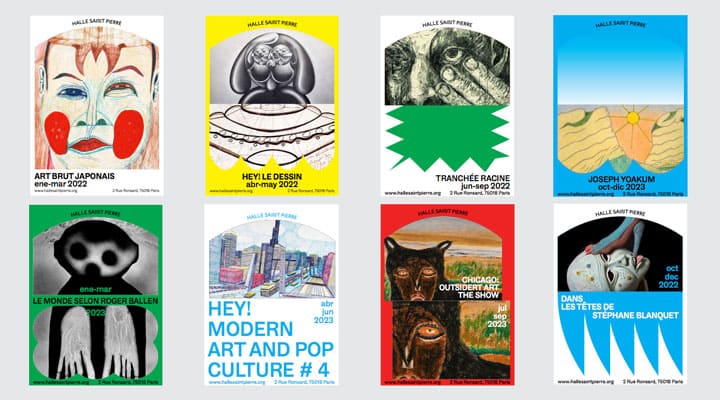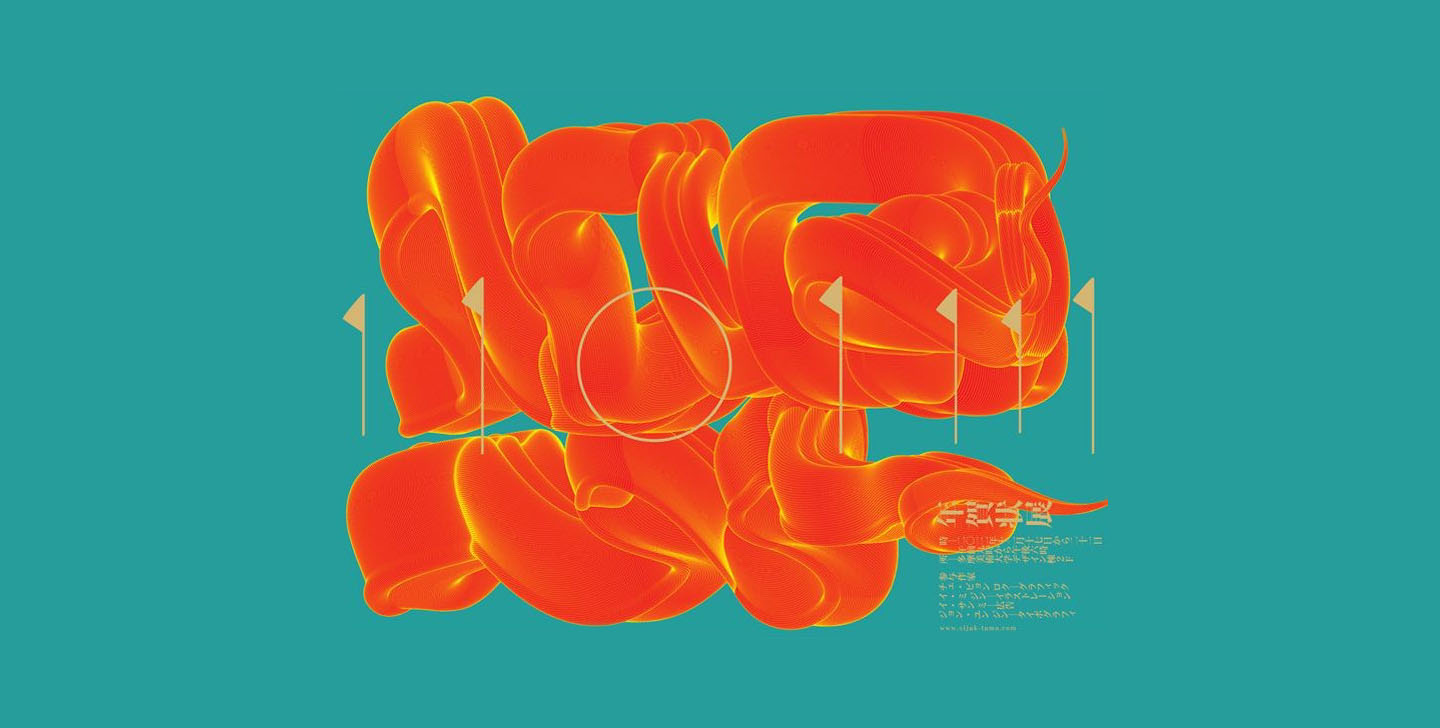How many types of Graphic Design are there?
Graphic design is one of the most versatile fields in the creative arts. It blends visual and conceptual elements to convey messages effectively and engagingly through technological tools.
Here, we’ll introduce you to five of them: editorial design, digital design, packaging design, typographic design, and signage design. These branches focus on specific aspects such as creating logos, advertising campaigns, product packaging, publication layouts, app interfaces, websites, typefaces, signage, illustrations, animated graphics, infographics, and user experiences, all aimed at delivering impactful visual communication.
The Master in Graphic Design at SHIFTA provides comprehensive training that merges technical and creative skills. The curriculum covers essential modules for producing professional graphic projects, including posters, corporate identities, advertisements, and magazines. You’ll gain expert proficiency in tools like Illustrator, Photoshop, and InDesign, while applying design theories, image processing, layout techniques, and web design.
Moreover, the master’s emphasises graphic and user interface design, prioritising functionality, usability, and accessibility in digital products. It incorporates advanced techniques such as artificial intelligence and animation, ensuring students acquire contemporary skills and are well-equipped for today’s job market challenges. This fosters a versatile profile adaptable to the demands of modern graphic design.
5 branches of Graphic Design
Let’s explore these five branches of graphic design together!
Editorial Design
Editorial design is a fascinating field that involves crafting printed or digital publications such as books, magazines, newspapers, and catalogues. Editorial designers arrange text and images to produce a cohesive and engaging reading experience. They also select typefaces and colours that complement the publication’s theme and make it visually stunning.
Some standout examples include National Geographic magazine, which has earned numerous awards for its innovative and creative editorial design.
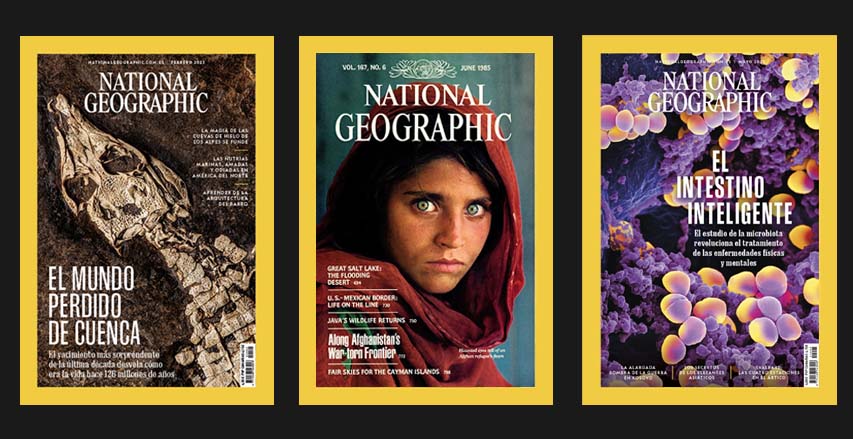
Another notable case is Wired, a leading technology publication renowned for its modern, minimalist editorial style that has gained worldwide acclaim.
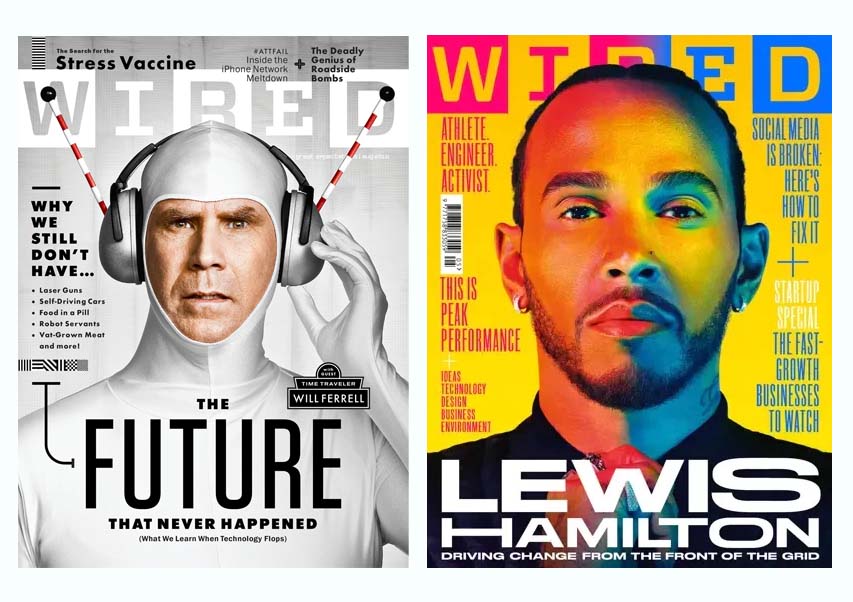
Digital Design
Digital design dominates the online world. Digital designers create engaging interfaces for websites, mobile apps and social media platforms that keep users connected and involved.
These designers must not only be creative but also savvy about navigation and user experience. That’s why designing user-friendly, intuitive interfaces is crucial for a digital project’s success.
Prime examples include Netflix, with its intuitive design that makes browsing and discovering content effortless, and Instagram, whose sleek and visually appealing layout encourages hours of scrolling. These cases demonstrate that digital design isn’t just important but also it’s exciting and immersive.
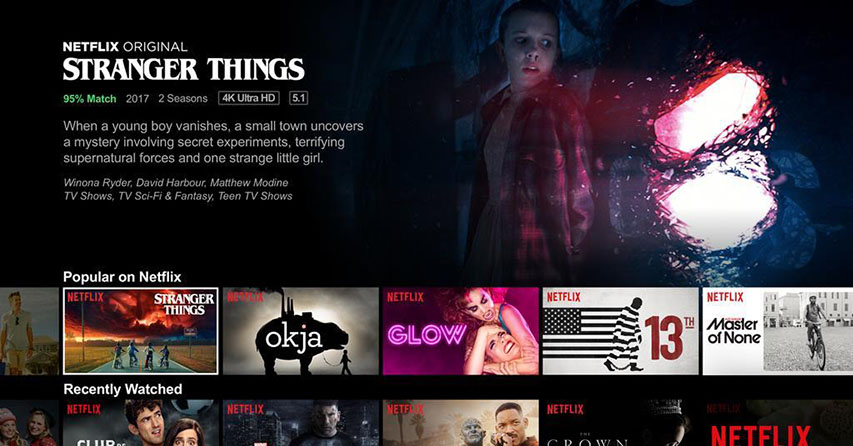
Packaging Design
Packaging design is an art form dedicated to creating captivating containers for commercial products. Packaging designers excel at making these containers both attractive and practical, balancing aesthetics with functionality. They carefully select materials, typefaces and colours that reflect the brand’s personality and appeal to consumers.
There are countless powerful examples, but Coca-Cola stands out as one of the most iconic, thanks to its globally recognisable bottle design.
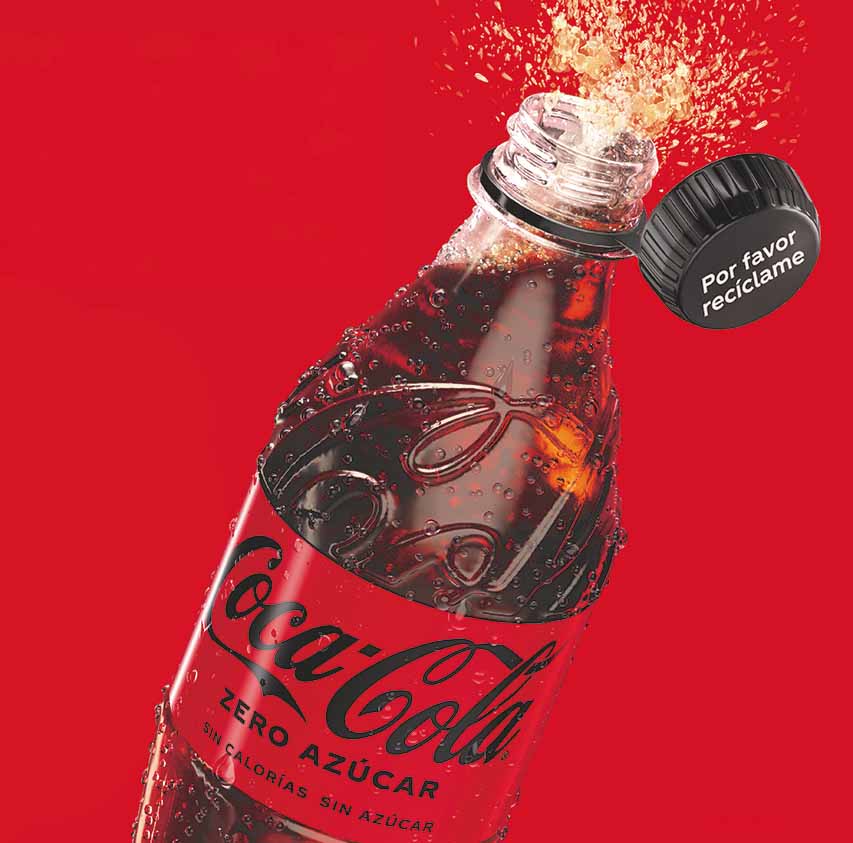
Additionally, the cosmetics brand Benefit shines in packaging design with its vibrant, eye-catching containers that have fuelled its worldwide success and made them must-have items for beauty enthusiasts.
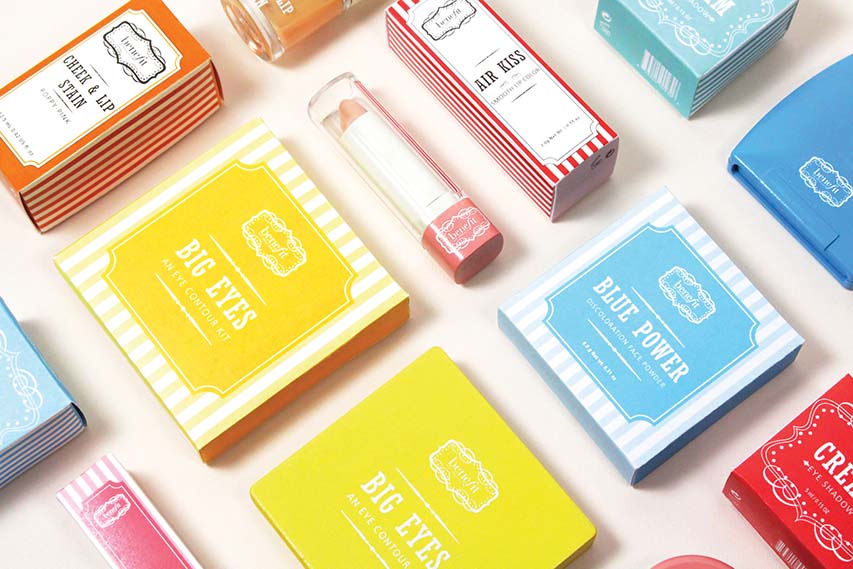
Typographic Design
Now, let’s turn to typographic design. Here, designers craft unique, custom typefaces that add a special flair to any project. From posters to logos and advertisements, typography is crucial for delivering the right message.
Helvetica it’s legendary! Its simplicity and readability have made it one of the most popular and widely used typefaces globally.
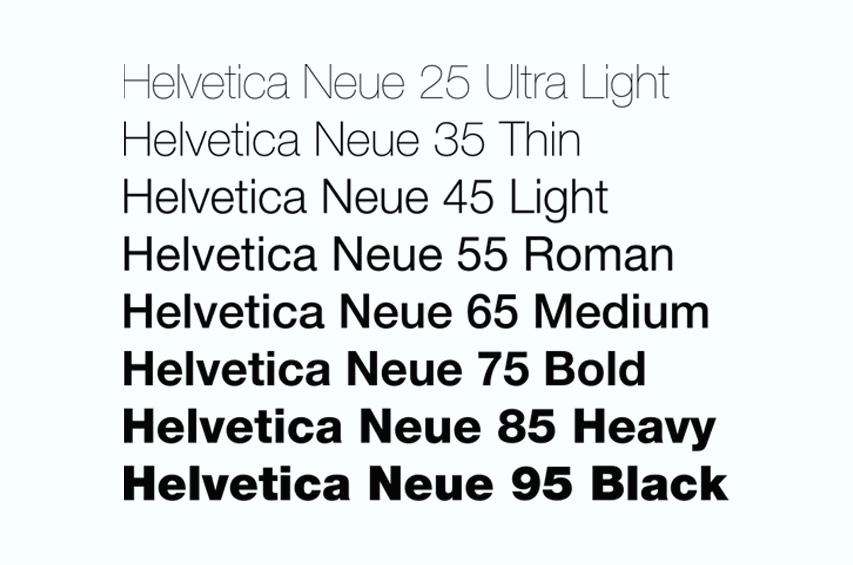
We can’t overlook the elegant and timeless Garamond, a favourite among designers for years. Typography truly has the power to transform how we read and perceive the world around us!
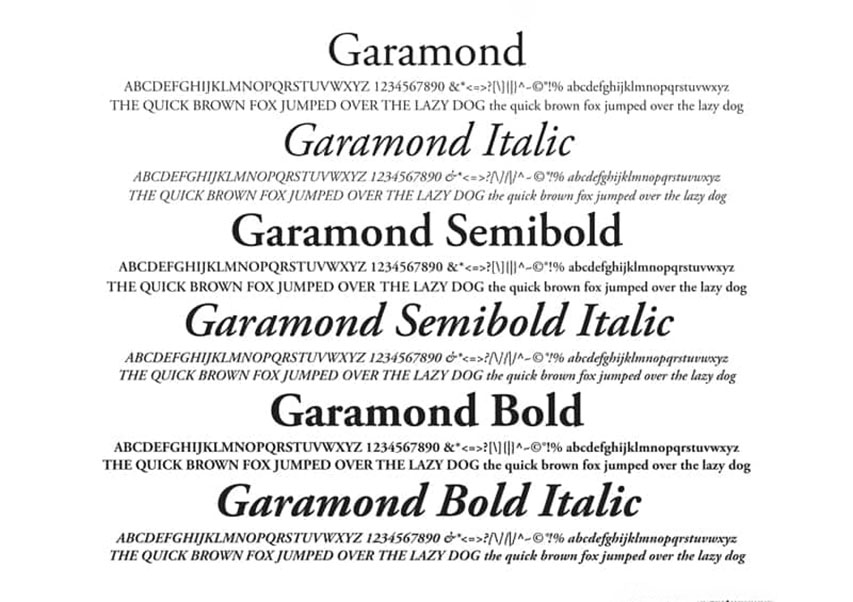
Signage Design
Looking for an easy and appealing way to navigate public spaces? Signage design is the answer! Signage designers develop clear, consistent visual systems that guide you through buildings, parks, museums and shopping centres effectively. And sometimes they are even enjoyably!
Take the London Underground’s signage system, celebrated worldwide for its simplicity and clarity.
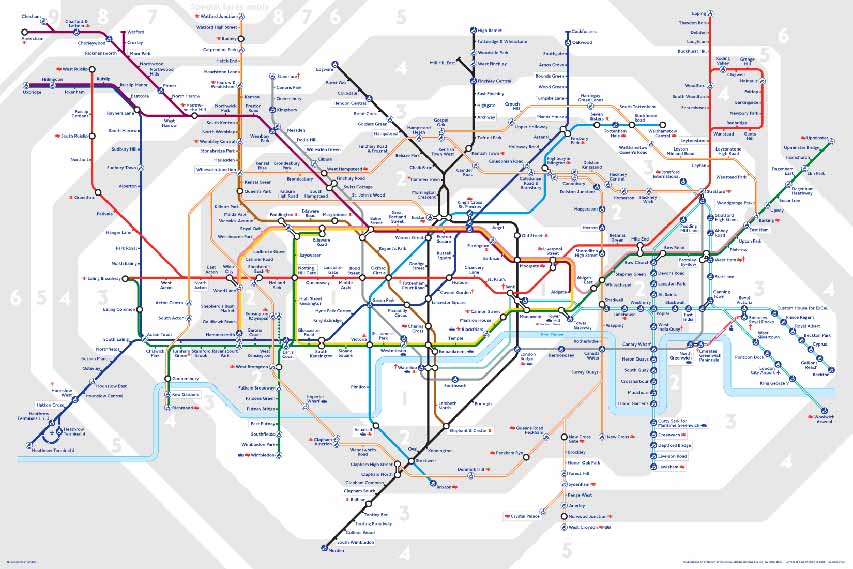
Another excellent example is Amsterdam’s Schiphol Airport, where the intuitive and straightforward signage helps travellers move around effortlessly.
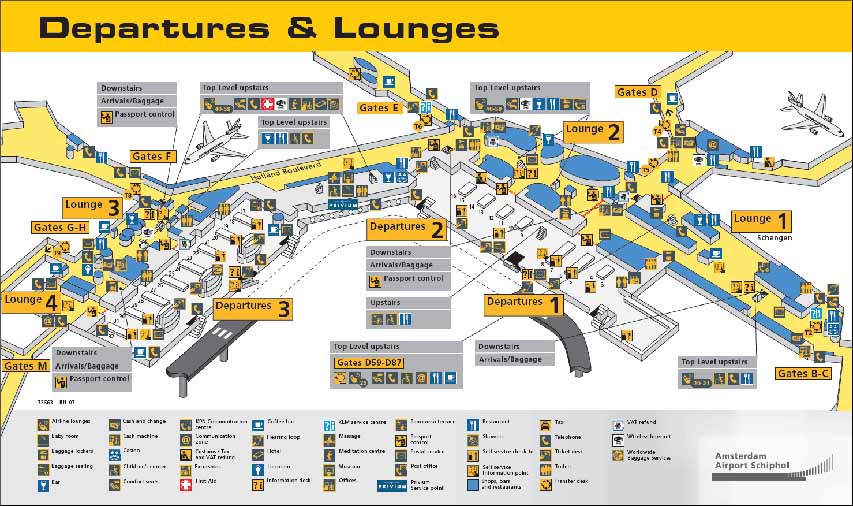
Studying Graphic Design
In essence, graphic design is a broad and multifaceted discipline that encompasses various areas of specialisation. Each branch of graphic design features a distinct focus, along with a unique set of skills and knowledge required for its effective practice.
Pursuing a degree in graphic design opens up a wealth of professional opportunities in the realm of visual communication. Graphic design programmes typically encompass a wide array of technical and conceptual skills, ranging from proficiency in design software such as Adobe Illustrator, Photoshop, and InDesign, to a thorough understanding of core design principles, typography, colour theory, and composition.
Furthermore, students delve into specialised fields like corporate identity design, packaging, editorial design, web design, and UX/UI, while continually adapting to emerging technologies and market trends.
Graphic design students not only cultivate their creativity and technical abilities but also learn to convey visual messages effectively and tackle design challenges with innovative solutions.




